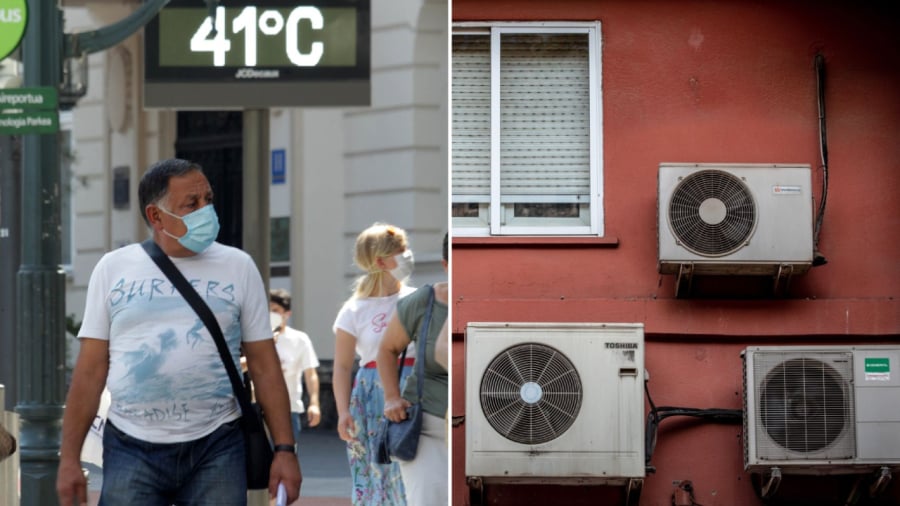One of the surprising things visitors notice when traveling to Europe is the rarity of air conditioning in these modern countries. Instead of relying on air conditioning, Europeans mostly use fans for cooling, even in crowded restaurants and bars. It’s quite a challenge to find places with air conditioning during the hottest days.
For most Europeans, air conditioning is considered unnecessary, wasteful, and even extravagant. Some even believe that air conditioning is unhealthy due to the significant temperature differences it creates. It is not uncommon for Europeans to opt for alternative cooling methods such as wet towels, ice packs, or handheld fans.
Typically, air conditioning is more commonly found in schools and offices across Europe. In contrast, a large proportion of households in the United States have air conditioning installed for cooling purposes. The difference in adoption rates between the two regions is notable.
One simple reason for this phenomenon is that most Europeans don’t feel the need for cooling. Summers in Europe are generally milder and less extreme compared to Asian or American summers. Even on the hottest days in Rome, Italy, the temperatures don’t reach the same scorching levels as cities like Seoul, South Korea, or Tokyo, Japan.
In the UK, the focus is often on keeping homes warm rather than cool, which is a stark contrast to many other countries.

Additionally, the process of installing air conditioning in European homes is not always straightforward. Some countries have stringent requirements for households wishing to install cooling systems. For instance, in France, according to a resident’s account, individuals cannot purchase and install air conditioning units themselves. Instead, they must go through a company or a professional installer who possesses the necessary certifications. The overall cost of purchasing and installing such a system can be quite expensive.
The United Kingdom also has strict regulations regarding air conditioner installations. Authorities mandate that households and entities must not install air conditioners on the surface of buildings. The outdoor units must be placed on the roof or the ground, which often requires the use of lengthy copper pipes for taller buildings, significantly increasing installation costs.
In Germany, a 1.5HP air conditioning unit costs over 700 euros, and installation can reach 1,100 euros. On top of that, electricity costs are high, making the overall expense of using air conditioning quite substantial.
In recent years, summer temperatures in Europe have been rising, leading to a growing trend of air conditioning usage across the continent.
The adoption of air conditioning also varies within Europe due to differing policies and perceptions. For instance, many French people are not fond of air conditioning and view it as environmentally detrimental. Cecile de Munck and Aude Lemonsu, meteorologists at the French National Weather Service, warned that if the number of air conditioners in Paris doubles by 2030, the city’s temperature could rise by 2 degrees Celsius.
In contrast, Spanish households are moving in the opposite direction. An increasing number of Spanish families are opting for air conditioning instead of traditional fans and thermal curtains. A study by Ca’ Foscari University estimated that by 2040, half of Spanish households would own air conditioning units.


































